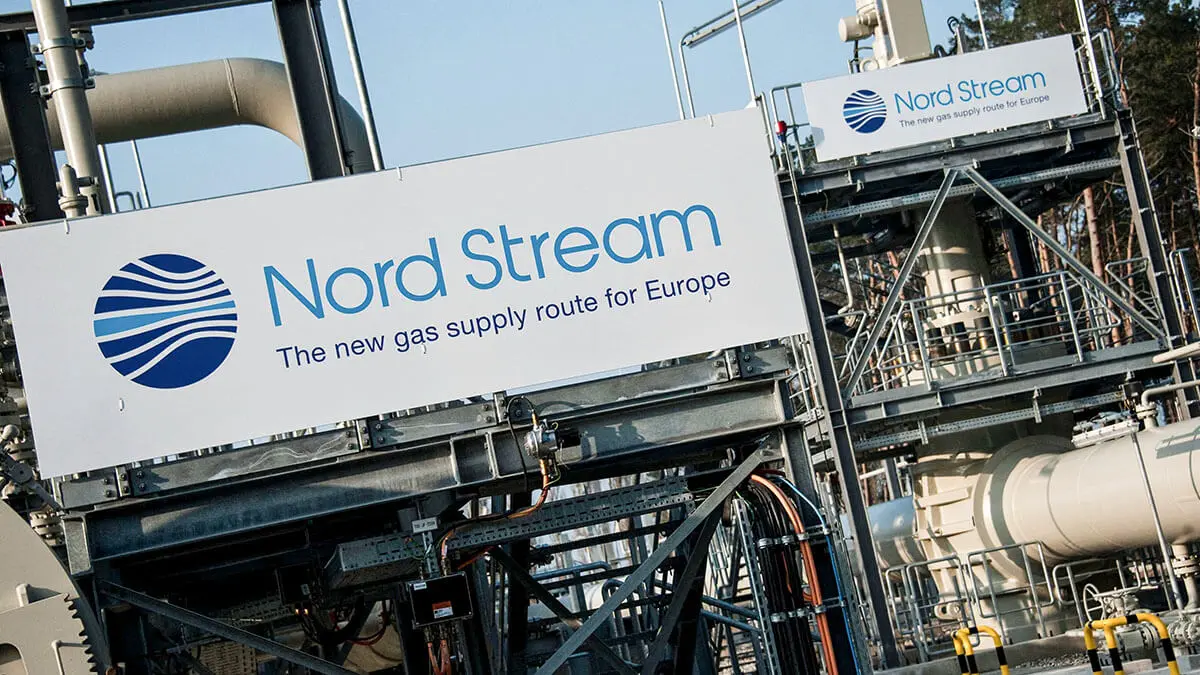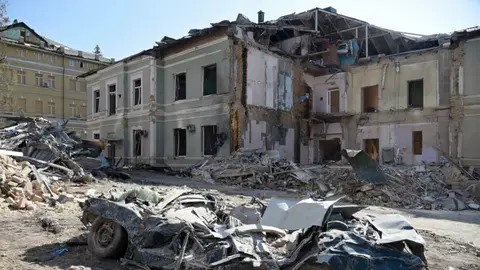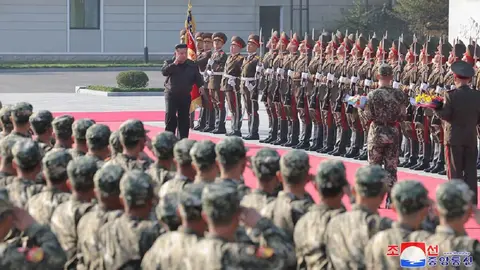Russian gas through Ukraine: a bloody mess

But the Ukrainian government has declared that it will not renew the gas transit agreement with Russia when it expires in January 2025.
Under the current agreement between Russia's GAZPROM and Ukraine's NAFTOGAS, Russia would pump about 40 billion cubic metres (bcm) of gas per year. However, since 2022 the transit volume is lower because one of the metering stations is on Russian-occupied territory.
In 2023, Russia supplied only 14.6 bcm of gas through the Ukrainian transit pipeline. The European Union (EU) is preparing to phase out supplies from Moscow. The loss of this gas route could intensify Europe's battle with Asia for LNG supplies and create new difficulties for GAZPROM, which is suffering from liquidity problems.
According to analysts' assessments, EU countries will be the hardest hit by the end of the Russia-Ukraine transit agreement. For instance, in 2021, the EU imported 45% of its gas from Russia, a percentage that dropped to 15% in 2023.
On the other hand, it should be borne in mind that Hungary, Austria and Slovakia still receive most of their gas from Russia, as all three countries lack direct access to LNG ports and rely on Russian supplies via the pipeline. In addition, all three have bilateral agreements with Russia through contracts that run beyond 2025.
Germany could receive LNG through the MUKRAN LNG project, which has two floating storage and regasification units (FSRUs) with a total annual capacity of 13.5 bcms. Moreover, Europe's high levels of storage (93% of its capacity) and the fact that European LNG regasification terminals are operating at relatively low capacity, around 38%, is seen as the instrument that will allow Europe to ‘survive’ during the disruption of gas transit through Ukraine.
European demand should be able to make up for the lack of supply through Ukraine through high levels of gas storage that would compensate for the immediate loss of supply. For example, Austria has enough gas in storage for a year. There is no denying that replacing Russian gas can be more expensive and it is estimated that, in the event of a sudden interruption of Ukrainian transit, prices would rise by up to 20% over a period of two to four months.
What does Ukraine gain from cutting transit?
Ukraine's geopolitical goal is to end its economic ties with Russia as soon as possible and limit the gas revenues the Kremlin receives. However, from an economic point of view, Ukraine would not benefit from cutting gas transit either, although its losses would be smaller than those of EU states.
Ukraine would thus lose ‘transit fees’, which in 2023 amounted to some 800 million dollars. At the same time, Ukraine's gas production and consumption facilities are not always conveniently located, so ‘physical’ Russian gas is transported to some parts of the country using the transit network, for which foreign companies have applied and are responsible for paying it to GAZPROM. This is not to say that Ukraine would be shocked by the cancellation of Russian transit.
The war has affected Ukraine's energy consumption from 27 bcms in 2021 to 19.3 bcms in 2022, before rising slightly to 19.8 bcms in 2023. This allows Kiev to cover most of its energy needs with domestically produced gas, with a small fraction imported from abroad. However, Kiev will need to modify its aqueduct system and these problems could be exacerbated if the Ukrainian economy recovers and requires more energy.
What about Russia?
Russia seems to have accepted the loss of European markets for its pipeline. Instead, it wants to increase domestic consumption, increase pipeline exports to Central Asia and China, and invest in LNG, which can be transported in tankers and thus rely less on onshore infrastructure ‘bottlenecks’. However, these plans require additional infrastructure that will take years to build.
Ideally, therefore, GAZPROM should keep Ukrainian transit open for as long as possible until new pipeline links to China and Central Asia are built. For the loss of Ukrainian transit could cost GAZPROM 15% of its revenues, aggravating its financial situation as pipeline exports from Russia to China cannot compensate for revenues from Europe, and prices in China by 2024 are expected to be around 20% lower than in Europe, in addition to declining export volumes.
Speculatively, the question should be asked whether all this could be avoided. The answer, in theory, is yes. Both Russia and the EU have publicly supported the continued transit of Russian gas through Ukraine, and negotiations are reportedly underway with Azerbaijan to find possible solutions.
The plan could envisage maintaining Ukrainian transit through a so-called swap agreement between Moscow and Baku. In practice, this means that Azerbaijan would pay Ukraine's transit fees and deliver gas to Europe, but it would still be physical Russian gas that would pass through the Ukrainian pipeline system.
In return, Russia would receive money for selling similar volumes of Azerbaijani gas to other places, such as Turkey or even to its domestic consumers. But the deal is complex.
First, Russia might not be willing to sell Azerbaijani gas at much lower prices than it has been selling its own gas to Europe. Second, Azerbaijan might not be physically able to export gas to match Russia's transit through Ukraine due to bottlenecks, according to a report by Columbia University's Center for Energy Policy. Third, there are reputational risks for the EU and Ukraine, which had set itself the goal of ending its dependence on Russian gas.



